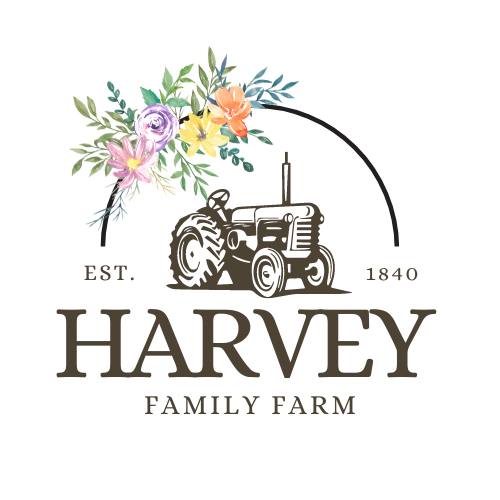Daffodil Facts
Daffodils are one of the most cheerful and beloved flowers around. They're known for their bright yellow color and their trumpet-shaped petals, but there are many varieties of daffodils available that come in a wide range of colors and shapes. Here are some fun facts about daffodils that you might not know:
Daffodils are part of the narcissus family. They're also sometimes called jonquils.
There are over 50 different species of daffodils, and they come in a wide range of colors, including white, orange, pink, and even green!
Daffodils are native to Europe, North Africa, and parts of Asia. They were brought to America by European settlers.
Daffodils are a symbol of spring and new beginnings. They're often used to celebrate Easter and the start of the spring season.
Daffodils are poisonous to many animals, including cats, dogs, and horses. So if you have pets or livestock, be sure to keep them away from your daffodil plants!
Daffodils are perennials, meaning they come back year after year. If you want your daffodils to keep blooming, you need to leave their greenery up until it dies. We used to have daffodils in our front yard, but after Scott mowed over them for several years in a row, they stopped blooming. Their leaves still come up every year though.
Daffodils are a favorite of bees and other pollinators. They produce nectar and pollen, which provides food for these important insects. Be sure to leave some in your garden, because there aren’t many flowers for our pollinators this time of year.
Daffodils are also a favorite of humans! They're often used in flower arrangements and as cut flowers. Plus, they make great gifts for friends and family.
Daffodils are also a favorite of artists and writers. They've been featured in many famous paintings and poems, including William Wordsworth's "I Wandered Lonely as a Cloud."
So if you're looking for a cheerful and easy-to-grow flower that symbolizes hope and new beginnings, daffodils are the way to go.
